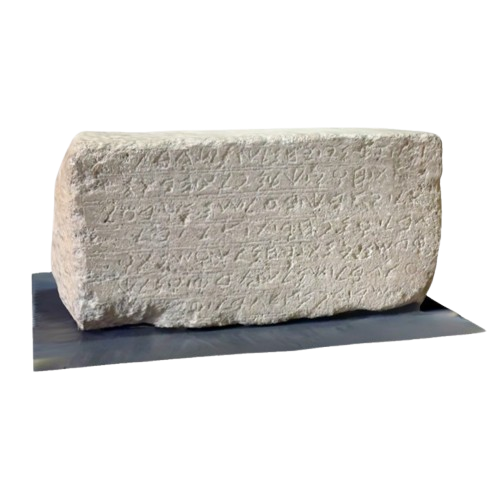Phoenician Rock

This stone inscription commemorates Yehimilk, king of Gubla (Byblos). It reflects royal devotion and the role of divine favor in legitimizing kingship — a unique testament to early Phoenician script and ceremonial practice.
Column Base

A marble column base from the Persian Period (6th–4th c. B.C.), showing the architectural sophistication of Byblos and its integration into imperial networks.
Altar

Used in cultic rituals, this small altar is decorated with a symbolic wreath — a ceremonial item worn by worshipers to enhance spiritual connection during offerings.


